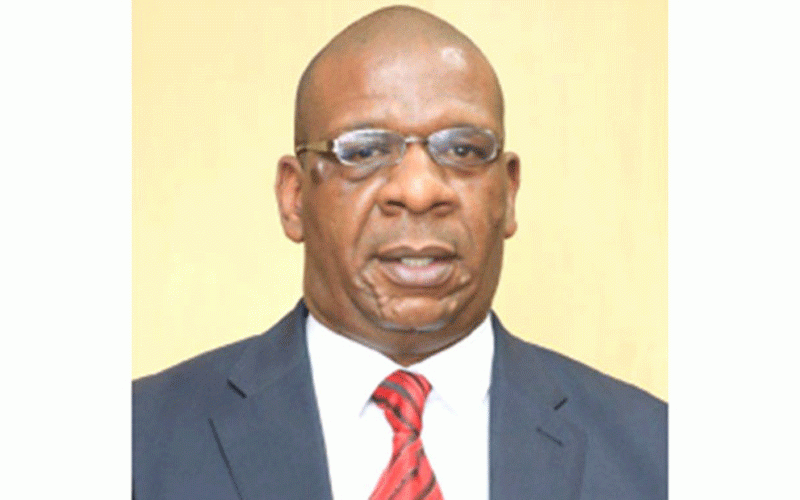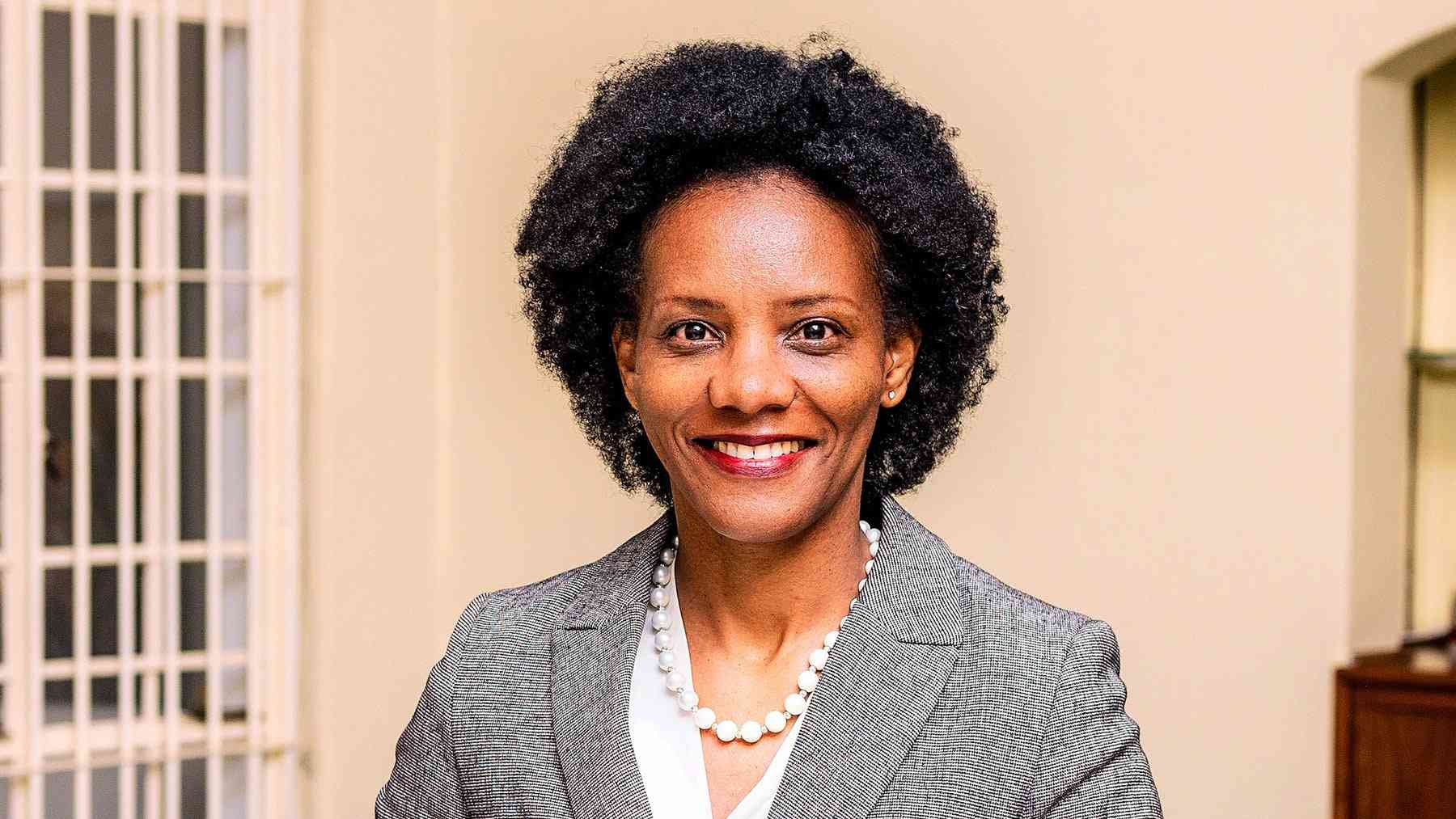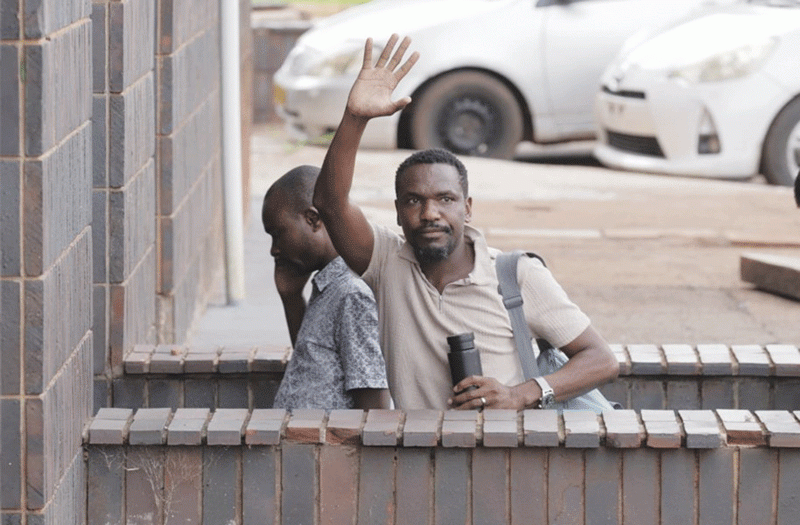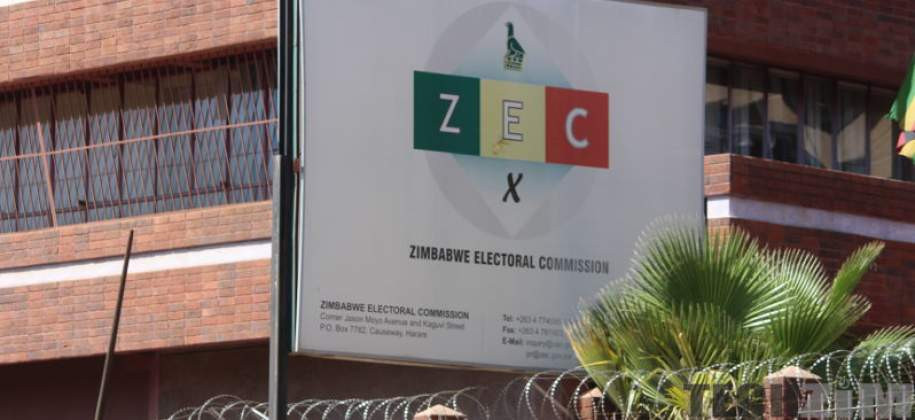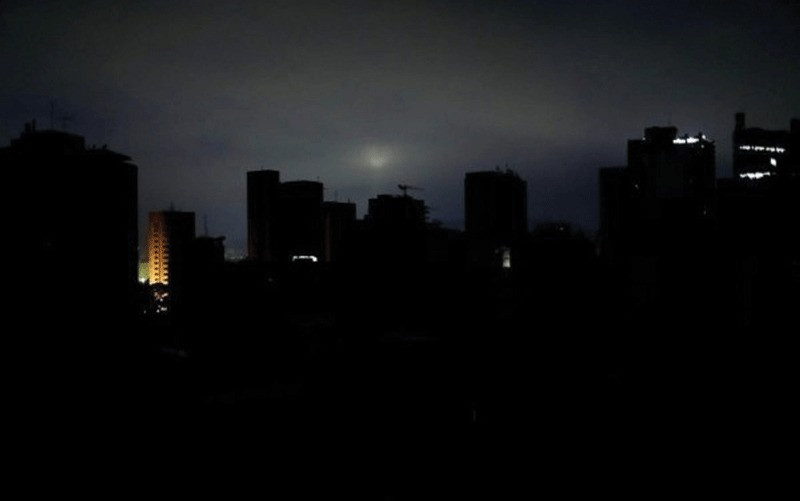
The lights have gone out. LiterallyThis week, Harare’s last remaining tower lights were switched off, casting Zimbabwe’s capital deeper into darkness — not just of night, but of governance failure and financial chaos. It is a city in collapse.What began as a quiet flicker has become a warning flare to three million residents, as Harare fell into the crosshairs of Zesa Holdings Limited, the power utility, after racking up staggering debts.But if you think the blackout ends here — think again. Next up: the traffic lights, commonly known in Zimbabwe as robots.Yes, the city’s traffic control system — the thin line separating order from chaos on crumbling roads already scarred by some of southern Africa’s deepest potholes — is now facing shutdown. Zesa’s consumer arm, the Zimbabwe Electricity Transmission and Distribution Company (ZETDC), says the entire system will soon operate on prepaid meters.City fathers were caught off-guard. And it is not just Harare. Other urban councils, already teetering under the weight of unpaid bills, are next.Documents seen by the Zimbabwe Independent showed satellite towns such as Chitungwiza have already been hit with formal demands. In the new dispensation, even vital infrastructure — tower lights, traffic lights, public safety points — must pay upfront or go dark.“Everything will now run under a prepaid metering system,” a Zesa source told the Independent. “We have been in discussions with all councils since July last year, where councils were given one year notice to pay all outstanding debts as the utility engages on a restructuring exercise.“The government directive is for Zesa to collect its payments,” the source added.This is not a warning shot. It is a reckoning.By Wednesday, the fallout had reached the Mayor of Harare.Jacob Mafume fired a broadside at Zesa’s move, describing the decision as both “ill-advised” and “ill-thought”.“Public accounting gone rogue,” Mafume told the Independent.But ZETDC is unmoved. In its defence, the utility said the smart meters now being rolled out would help cities manage their energy consumption.“The meters that we have now put in are smart intelligence and it then opens up a lot of opportunities for the municipalities, for them to save energy,” ZETDC said. “This meter can actually export power to the grid, because most of the street lights are now on solar.”“Besides, because of the electricity shortages, not only in Zimbabwe but in the region, almost all contracts to do with electricity supply are now prepaid,” the company added.“That is why you find from 2012, we have been in a process of transitioning from post-paid to prepaid, so that we match the supply and demand for us to eliminate load-shedding.”“No one has been switched off but electricity is now available at point of purchase as part of the revenue collection directive.”But behind the policy lies real pressure. In a letter dated May 28, 2025, obtained by the Independent, ZETDC formally notified Chitungwiza Town Council that its debt had ballooned to ZiG$3 million. This equates to only about US$111 500. “We would like to inform you that we are in the final phase of our prepaid meter installation project,” the letter reads.“This initiative involves retrofitting all points with less than 100 Amps, including sensitive and essential service locations.”“Please ensure that all your accounts are fully paid … The outstanding debt will be recovered at 75% of the token purchase amount.”“We would like to remind you that your current outstanding balance is ZiG3 077 071,95. We strongly advise you to settle this amount promptly, as we will be transitioning to a prepayment system for all accounts, including maximum demand (MD) points.”As city lights vanish and traffic signals blink out, Harare residents are left with a burning question — in a capital now forced to prepay for survival, who exactly is paying for the decades of decay?


